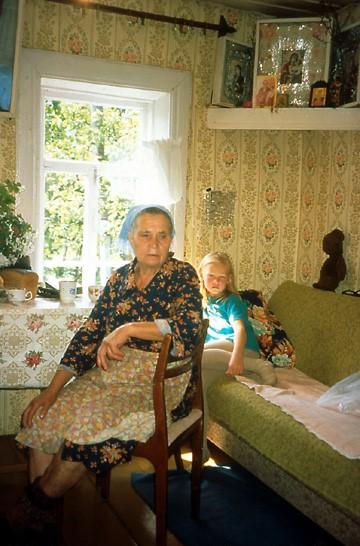Mordvin languages Erzya and Moksha
Erzya and Moksha used to be regarded as dialects of the same language and referred to collectively as Mordvin. Today, these closely related languages are classified as separate languages which, however, share a lot of structural features and the speakers of which understand each other to some extent. Erzya and Moksha are divided further into several dialects.
There are a total of around 800,000 Mordvins, with around 450,000 of them native speakers of Erzya or Moksha. Of these, Erzyas account for around two thirds (around 300,000/533,000) and Mokshas for one third (150,000/267,000).
The split of the Mordvin languages was caused by geographically separate living areas and, consequently, the influence of different neighbouring languages. Mokshas live further in the west than Erzyas. Moksha has been more strongly influenced by Turkic languages than Erzya, By contrast, Erzya has been under strong Russian influence for as long as since the 1400s but Moksha only since the 1600s.
Like many other languages spoken in the Volga-Kama Region, the literary languages of Erzya and Moksha also originated from religious conversion campaigns carried out in the region in the 1700s. Consequently, the first book printed in Erzya was a catechism (a religious instruction book in the form of questions and answers). It was published in 1808, but the manuscript dates back to 1788. The first book in Moksha was also a catechism, published in 1861. The other early literature in the Mordvin languages was also mainly written for the purposes of the church and schools.
Although the earliest literature was published separately in Erzya and in Moksha, attempts were made as late as in the 1920s to create a common literary Mordvin language. Eventually, Erzya and Moksha were developed as separate languages. From the very beginning, both literary languages have been written using the Cyrillic alphabet.
Sources:
Uralilaiset kansat – tietoa suomen sukukielistä ja niiden puhujista [Uralic Peoples – Information about Languages Related to Finnish and Their Speakers]. Ed. Johanna Laakso. WSOY 1991.
From the Volga to Siberia. The Finno-Ugric Peoples in Today’s Russia. Ed. Ildikó Lehtinen. Finnish Literature Society 2012.
